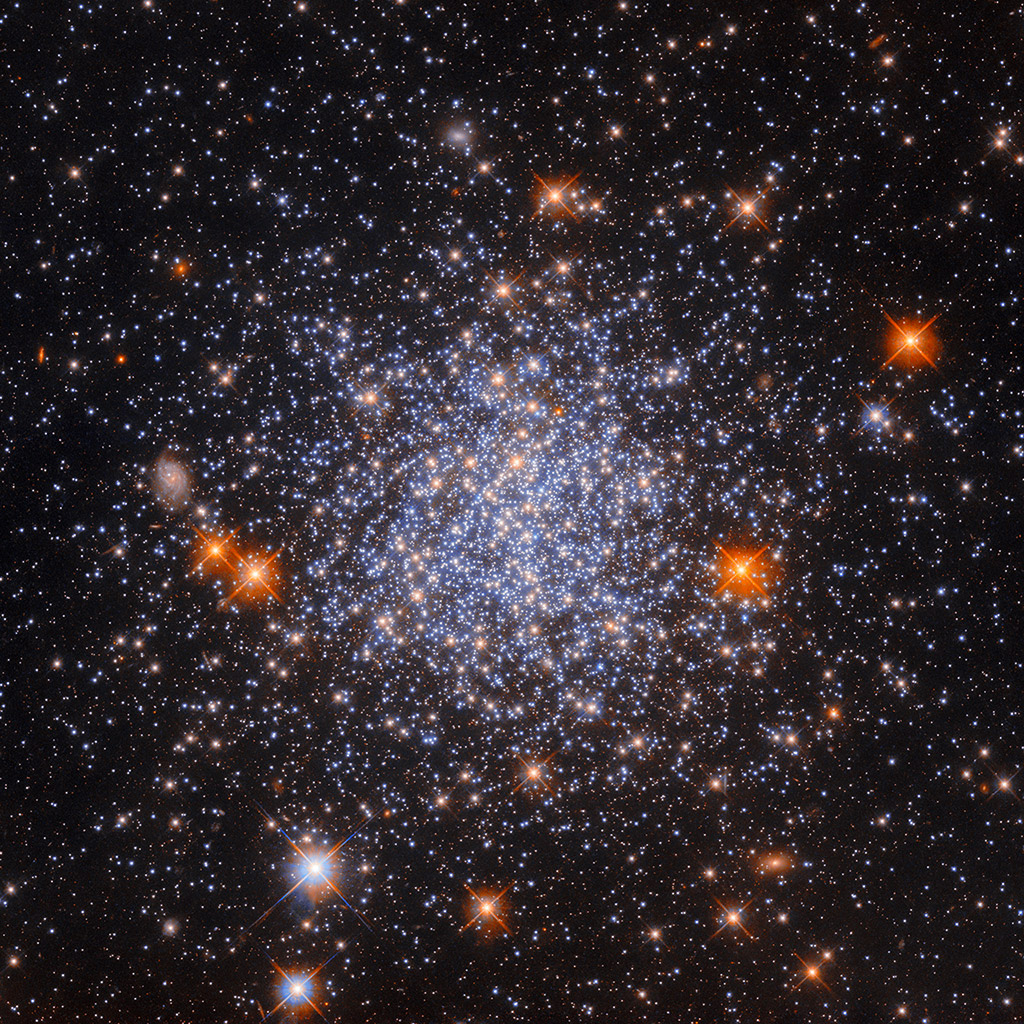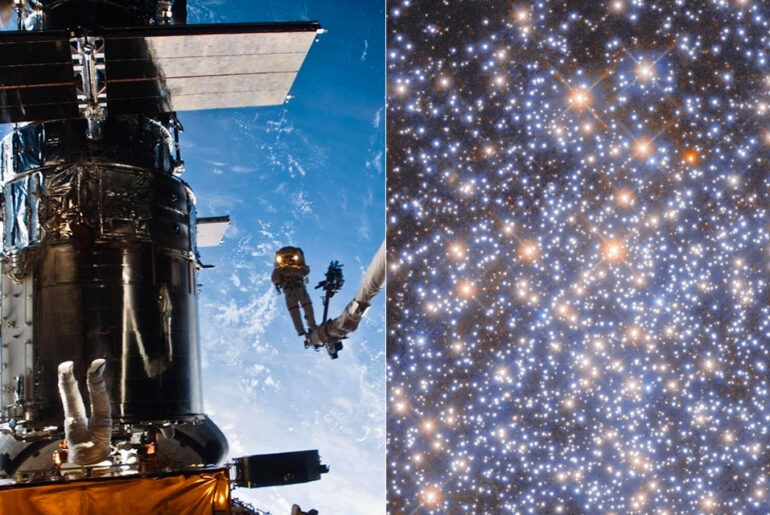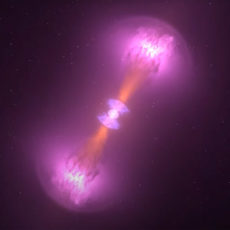
NASA / ESA’s Hubble Space Telescope captured an eye popping image of globular cluster NGC 1651, which is located 162,000 light-years from Earth in the Large Magellanic Cloud (LMC). Despite it nearly filling the entire image, globular clusters are typically around 10 to 300 light-years in diameter and NGC 1651 boasts a diameter of roughly 120 light-years.

In this image, we can see a spherical collection of stars that nearly fills the whole view. They appear to merge into a bright, bluish core in the center, forming a sparse band around that out to the edges of the image. Upon closer inspection, you can observe a few stars in front of the cluster, with visible diffraction spikes.
- 3 LEGO space toys in 1 box – Boys and girls ages 9 and up who love space can build and rebuild 3 different sets using the same set of bricks with...
- Endless space play possibilities – Kids can play out daring stories among the stars with 3 different space playsets: an astronaut figure, a space...
- Posable space figures – The astronaut toy has posable legs, feet, arms and fingers, and the space dog has a posable tail and legs so kids can choose...
The distance to an object will determine how big it appears to be from Earth, so entire galaxies that are relatively far away might take up the same amount of space in the sky as a globular cluster like NGC 1651 that is relatively close by. In fact, there’s a distant spiral galaxy lurking in this image, directly left of the cluster — though undoubtedly much larger than this star cluster, it appears small enough here to blend in with foreground stars,” said the European Space Agency.










